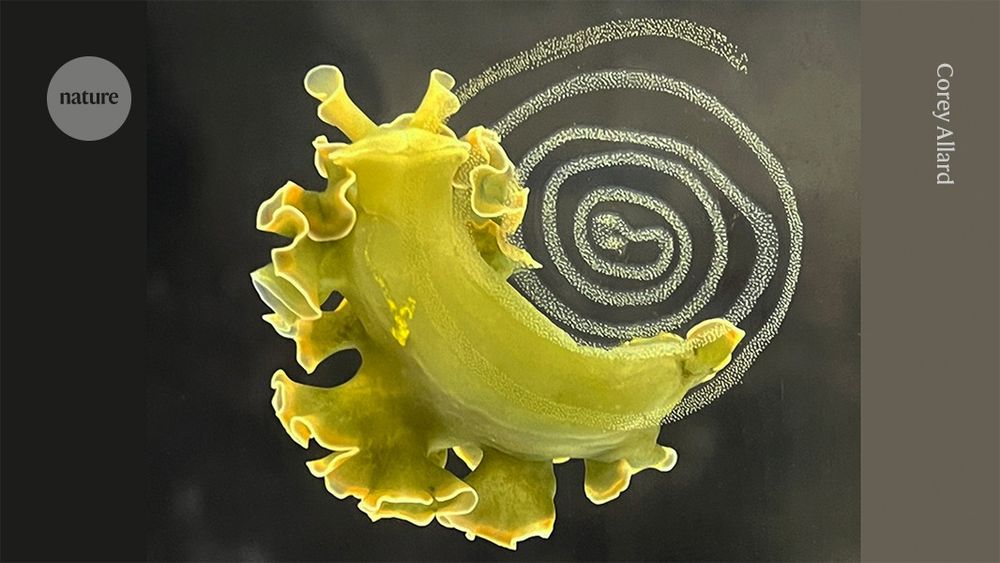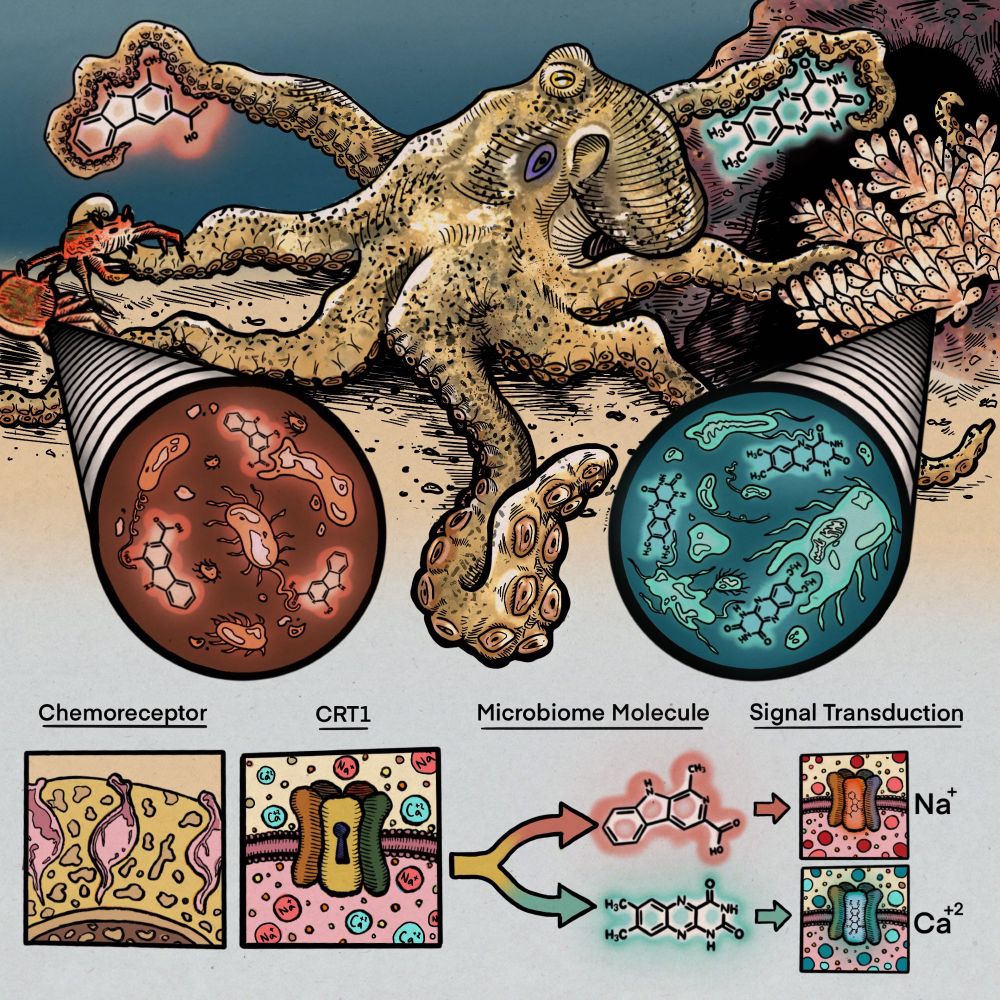
www.mcb.harvard.edu/department/n...
@nbellono.bsky.social @rachellegaudet.bsky.social @dulaclab.bsky.social @naoshigeuchida.bsky.social @cryptogenomicon.bsky.social @harvardbrainsci.bsky.social

www.mcb.harvard.edu/department/n...
@nbellono.bsky.social @rachellegaudet.bsky.social @dulaclab.bsky.social @naoshigeuchida.bsky.social @cryptogenomicon.bsky.social @harvardbrainsci.bsky.social
www.mcb.harvard.edu/department/n... @nbellono.bsky.social @rachellegaudet.bsky.social @dulaclab.bsky.social @naoshigeuchida.bsky.social @neurovenki.bsky.social @snsf.ch

www.mcb.harvard.edu/department/n... @nbellono.bsky.social @rachellegaudet.bsky.social @dulaclab.bsky.social @naoshigeuchida.bsky.social @neurovenki.bsky.social @snsf.ch
www.mcb.harvard.edu/department/n...
@nbellono.bsky.social @rachellegaudet.bsky.social @dulaclab.bsky.social @naoshigeuchida.bsky.social @zombiflied.bsky.social @microbiometcell.bsky.social @jeeyunc.bsky.social

www.mcb.harvard.edu/department/n...
@nbellono.bsky.social @rachellegaudet.bsky.social @dulaclab.bsky.social @naoshigeuchida.bsky.social @zombiflied.bsky.social @microbiometcell.bsky.social @jeeyunc.bsky.social

buff.ly/PhTxTnr

buff.ly/PhTxTnr

www.mcb.harvard.edu/department/n... @nbellono.bsky.social @zombiflied.bsky.social @rachellegaudet.bsky.social @rivaselenarivas.bsky.social @dulaclab.bsky.social @harvardoeb.bsky.social

www.mcb.harvard.edu/department/n... @nbellono.bsky.social @zombiflied.bsky.social @rachellegaudet.bsky.social @rivaselenarivas.bsky.social @dulaclab.bsky.social @harvardoeb.bsky.social
www.mcb.harvard.edu/department/n... @rachellegaudet.bsky.social @dulaclab.bsky.social @zombiflied.bsky.social @harvardmagazine.bsky.social @naoshigeuchida.bsky.social @neurovenki.bsky.social

www.mcb.harvard.edu/department/n... @rachellegaudet.bsky.social @dulaclab.bsky.social @zombiflied.bsky.social @harvardmagazine.bsky.social @naoshigeuchida.bsky.social @neurovenki.bsky.social
www.mcb.harvard.edu/department/n...
@zombiflied.bsky.social @rachellegaudet.bsky.social @dulaclab.bsky.social @neurovenki.bsky.social @naoshigeuchida.bsky.social @harvardbrainsci.bsky.social

www.mcb.harvard.edu/department/n...
@zombiflied.bsky.social @rachellegaudet.bsky.social @dulaclab.bsky.social @neurovenki.bsky.social @naoshigeuchida.bsky.social @harvardbrainsci.bsky.social
www.mcb.harvard.edu/department/n...
@nbellono.bsky.social @rachellegaudet.bsky.social @naoshigeuchida.bsky.social @neurovenki.bsky.social @dulaclab.bsky.social

www.mcb.harvard.edu/department/n...
@nbellono.bsky.social @rachellegaudet.bsky.social @naoshigeuchida.bsky.social @neurovenki.bsky.social @dulaclab.bsky.social
news.harvard.edu/gazette/stor...

news.harvard.edu/gazette/stor...
https://go.nature.com/3TMCgR7

https://go.nature.com/3TMCgR7
www.cell.com/cell/fulltex...

www.cell.com/cell/fulltex...
Learn more: scim.ag/3G8Kv6Z
Learn more: scim.ag/3G8Kv6Z
🧠🧪 #AcademicSky #higherEd
www.mcb.harvard.edu/department/n... @nbellono.bsky.social @rachellegaudet.bsky.social @naoshigeuchida.bsky.social @neurovenki.bsky.social @dulaclab.bsky.social @harvardbrainsci.bsky.social @cellpress.bsky.social

🧠🧪 #AcademicSky #higherEd
www.mcb.harvard.edu/department/n... @nbellono.bsky.social @rachellegaudet.bsky.social @naoshigeuchida.bsky.social @neurovenki.bsky.social @dulaclab.bsky.social @harvardbrainsci.bsky.social @cellpress.bsky.social
www.cell.com/cell/fulltex...

www.cell.com/cell/fulltex...
Recently, researchers reported that those legs are also chemical sensing organs that can taste for prey buried under the sand.

Recently, researchers reported that those legs are also chemical sensing organs that can taste for prey buried under the sand.
www.snexplores.org/article/sea-...

www.snexplores.org/article/sea-...


www.mcb.harvard.edu/department/n... @zombiflied.bsky.social @rachellegaudet.bsky.social @dulaclab.bsky.social @neurovenki.bsky.social @naoshigeuchida.bsky.social @jeeyunc.bsky.social @microbiometcell.bsky.social

www.mcb.harvard.edu/department/n... @zombiflied.bsky.social @rachellegaudet.bsky.social @dulaclab.bsky.social @neurovenki.bsky.social @naoshigeuchida.bsky.social @jeeyunc.bsky.social @microbiometcell.bsky.social
www.mcb.harvard.edu/department/n... @zombiflied.bsky.social @fleshball.bsky.social @hekstralab.bsky.social @rachellegaudet.bsky.social @microbiometcell.bsky.social @dulaclab.bsky.social @neurovenki.bsky.social




